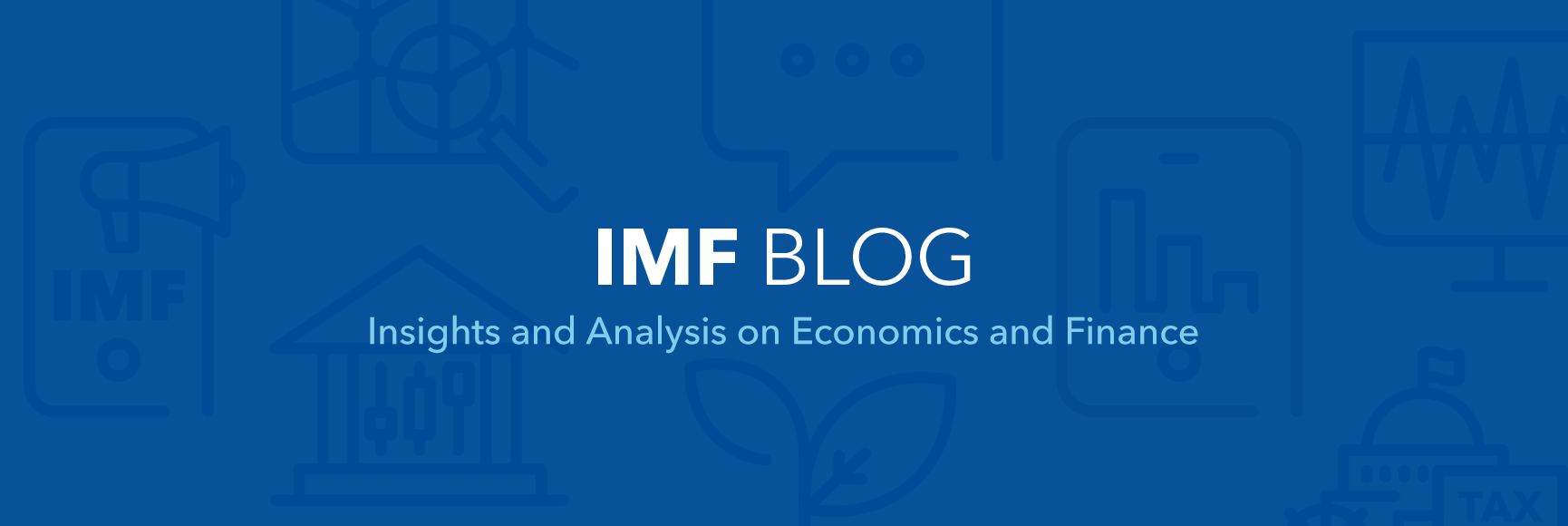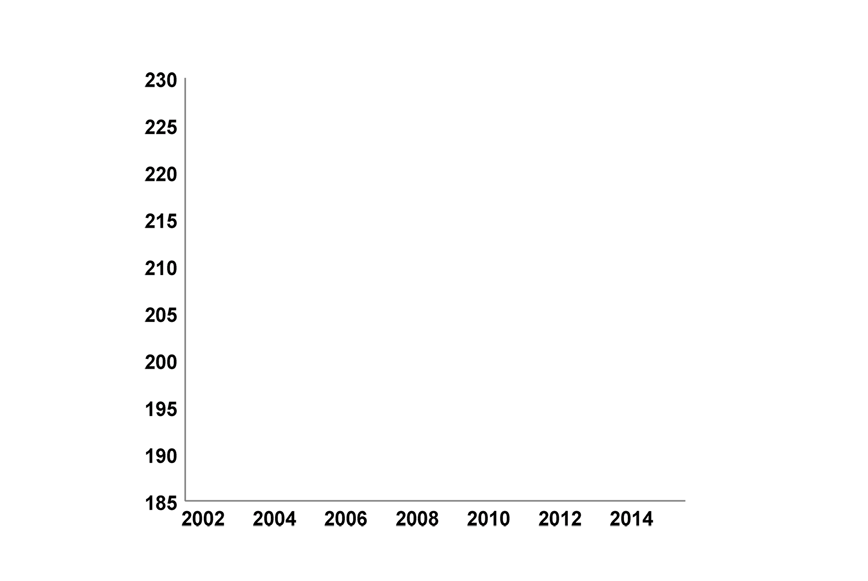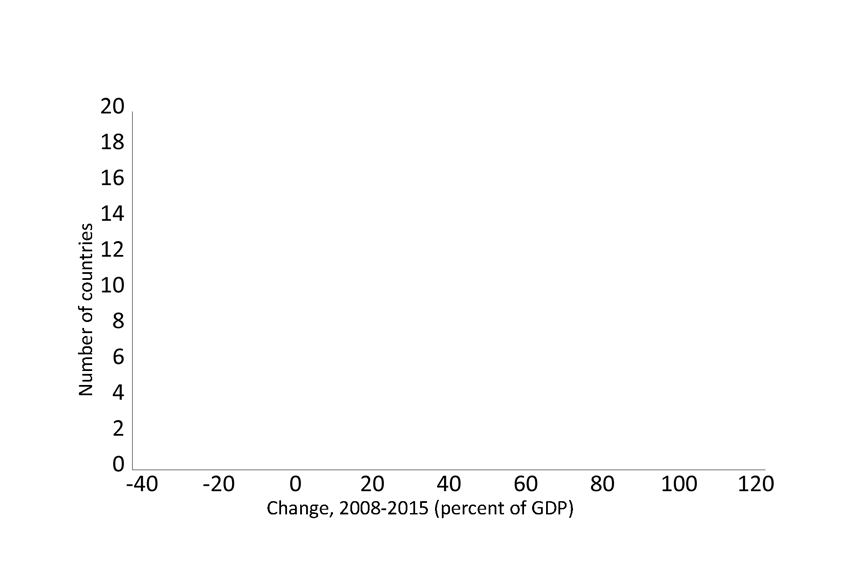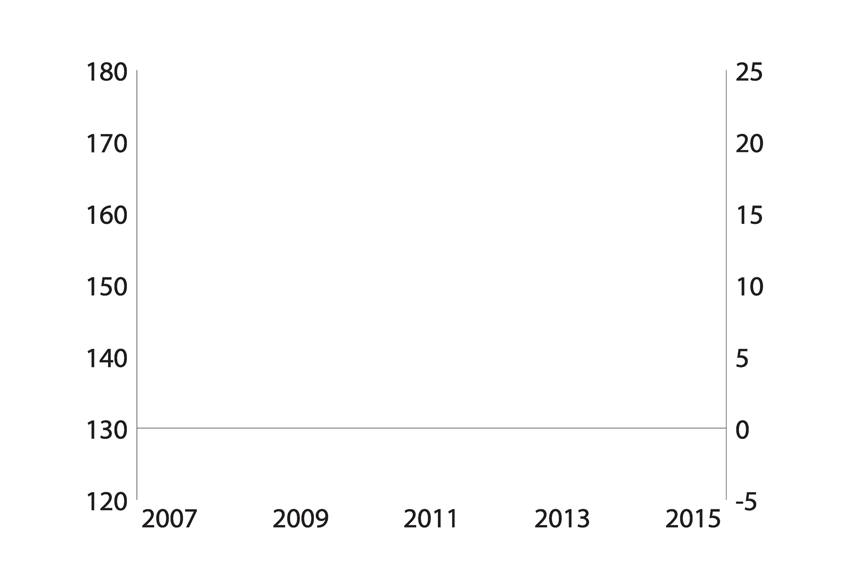Versions in: عربي (Arabic), 中文 (Chinese), Français (French), 日本語 (Japanese), Русский (Russian), and Español (Spanish)
In the midst of the Great Depression, the American economist Irving Fisher warned of the dangers of excessive debt and the deflationary pressures that follow on its tail. He saw debt and deflation as the big, bad actors. Now, their close relatives—too high debt and too low inflation—are still in play, at least for advanced economies.
Related Links
Until now, however, a full picture of global debt was missing. The October 2016 Fiscal Monitor has, for the first time, put a number on the size of debt covering virtually the whole world. And the picture is not pretty. Global debt is at record highs, amounting to $152 trillion or 225 percent of global GDP (Chart 1). Close to $100 trillion or about two thirds are liabilities of nonfinancial firms and households—private debt. The remainder is public debt.
As Fisher warned, such high debt levels represent a major headwind against the global economic recovery, which exacerbates the risk of falling into a debt-deflation spiral. But debt levels are not the same everywhere. Nor are the risks. Trends have been very diverse:
- First, deleveraging among advanced economies has been uneven and private debt ratios have continued rising in most countries within this group (Chart 2, blue bar). At the same time, public debt has increased, partly due to the migration of the bad debts of the private sector on to the public sector balance sheet.
- Second, low interest rates have led to a surge in the nonfinancial corporate debt of a few systemically important emerging market economies, notably China (Chart 2, red bar). Since the rapid deterioration of government balance sheets in many advanced economies was also preceded by a similar boom, the more recent debt expansion in emerging market economies raises questions about the underlying health of the fiscal positions.
- Third, private and public debt have gone up in low-income countries thanks to more depth—in terms of size and liquidity—in their financial markets, and improved market access, but debt ratios remain generally low in these countries. Advances in microfinance lending and mobile banking have also contributed to financial inclusion. Provided debts remain sustainable, financial development is a good thing and should be seen as part of inclusive growth.
A sober intermission
The concern with excessive private debt goes beyond the risk that it may mutate into public debt. Excessive private debt is associated with financial crises. Moreover, financial recessions are longer and deeper than normal recessions. They entail larger output losses and cause more people to lose their jobs. All of which ultimately links back to public debt and deficits.
Weak fiscal positions make financial recessions even worse (Chart 3). That is particularly true for emerging market economies where public spending is often slashed in times of crisis. This pattern illustrates how excessively easy fiscal policy in good times often forces spending cuts in bad times, which are especially costly during a financial crisis. But, even in the absence of a crisis, high private debt may hamper growth, as highly indebted borrowers eventually slash their consumption and investment sharply.
The lack of progress in deleveraging among advanced economies—where private debt levels are the highest—can be traced back mainly to the low nominal growth environment. Comparing the United States and the euro area is very instructive as the former reduced private debt much more than the euro area in the aftermath of the crisis but it enjoyed higher growth rates as well (Chart 4).
Given the risks and associated uncertainties, should debt be avoided altogether? Debt is fundamental for entrepreneurship and innovation, and thereby, for growth. It is excessive private debt that countries should avoid. Therefore, regulatory and supervisory policies should ensure the monitoring and sustainability of private debt. Tax policy can also help curb excessive leverage by gradually phasing out tax distortions favoring debt over equity in corporations, financial and non-financial.
New actors in a brand new play
In the meantime, growth-friendly fiscal policies can help facilitate the adjustment in those countries mired in excessive private debt. The solution will depend, of course, on country circumstances and available fiscal resources that may have been created by saving and reducing public debt in good times.
Generally, in countries where the financial system is under severe stress, resolving the underlying problem early on is critical. Well-designed and targeted action, in the form of government-sponsored programs to reduce private debt (such as subsidies for creditors to lengthen maturities or guarantees) and measures to accelerate the cleanup of balance sheets (for example though asset management companies), can be highly effective.
The design of these measures is critical for minimizing their cost and mitigating moral hazard. In particular, they should be targeted to specific sectors or individuals, subjected to conditionality, and involve burden sharing with borrowers. Strong insolvency and bankruptcy procedures should also accompany them.
Ultimately, however, fiscal policy cannot do it alone: it has to be supported by complementary policies, including monetary and structural policies, implemented within consistent and credible policy frameworks to achieve the desired goal.
As for the play currently on stage, now is the time to get rid of the big bad actors and move on to a brand new and exciting play about a coming acceleration in nominal growth.










